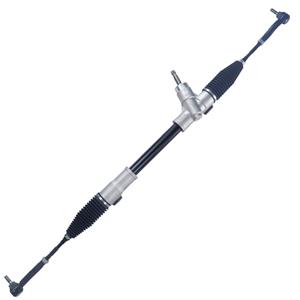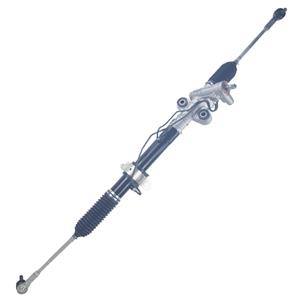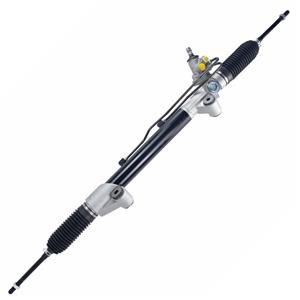Can I use transmission oil in the power steering pump?
The power steering system is an integral part of modern vehicles, making driving easier and more comfortable. As the core component of this system, the power steering pump is responsible for delivering hydraulic oil to the steering rack, thereby providing the necessary steering assistance. However, the question of what kind of oil to use in the power steering pump, especially whether transmission oil can be used, often sparks a lot of discussion and controversy.
This article will delve into this issue to help car owners understand the feasibility of using transmission oil in the power steering pump and its possible consequences.
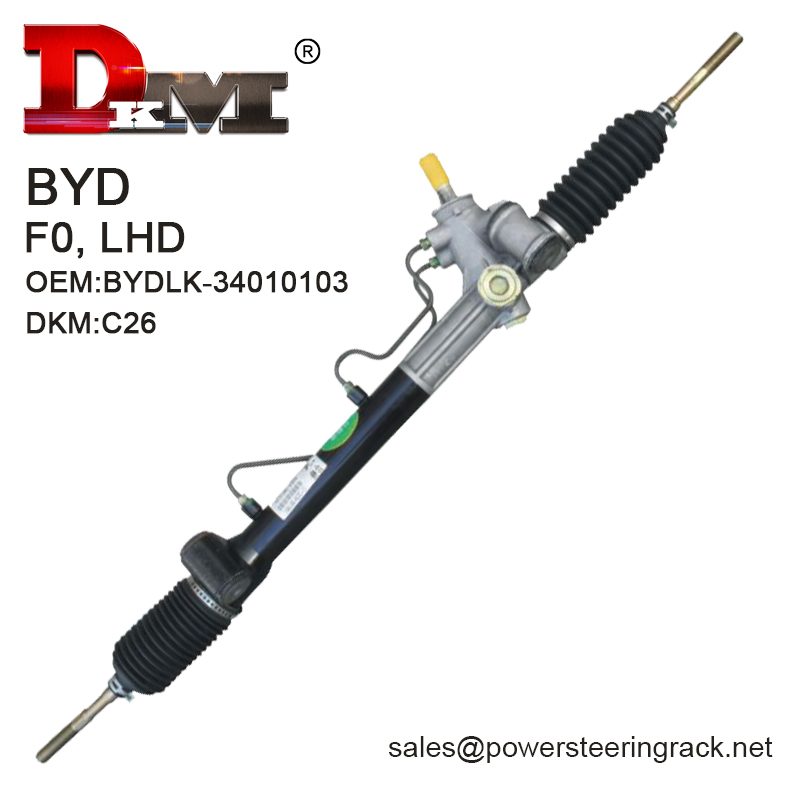
What is the working principle and function of the power steering pump?
To discuss whether transmission oil can be used in the power steering pump, we first need to understand the working principle of the power steering pump. The power steering pump is a key component in the power steering system. Its main function is to extract hydraulic oil (usually a special power steering fluid) from the tank and pressurize it to deliver it to the steering rack. After being pressurized, the hydraulic oil flows to the steering rack through the high-pressure oil pipe, thereby providing steering assistance, allowing the driver to turn the steering wheel more easily.
Hydraulic oil plays the role of lubrication, heat dissipation, corrosion protection and pressure transmission in the entire system. Therefore, choosing the right fluid is critical to the proper functioning of the power steering pump and the entire system. If the wrong fluid is used, it may cause damage to the power steering pump, seal failure, or even failure of the entire steering system.
What are the properties and functions of transmission fluid?
Transmission fluid is a fluid designed specifically for automatic transmissions. Its main functions include lubricating the gears inside the transmission, cooling the transmission, reducing friction, and transmitting hydraulic energy. Since the working environment of the transmission and the working environment of the power steering system are significantly different, the formula of transmission fluid is also different from that of power steering fluid.
Typical transmission fluids contain various additives that are designed to cope with the high temperature and high pressure environment inside the transmission, while also ensuring that the various parts of the transmission are fully lubricated under high friction conditions. These additives include anti-wear agents, detergents, preservatives, and antioxidants. While these properties are critical in transmissions, they may not be fully applicable in power steering systems.
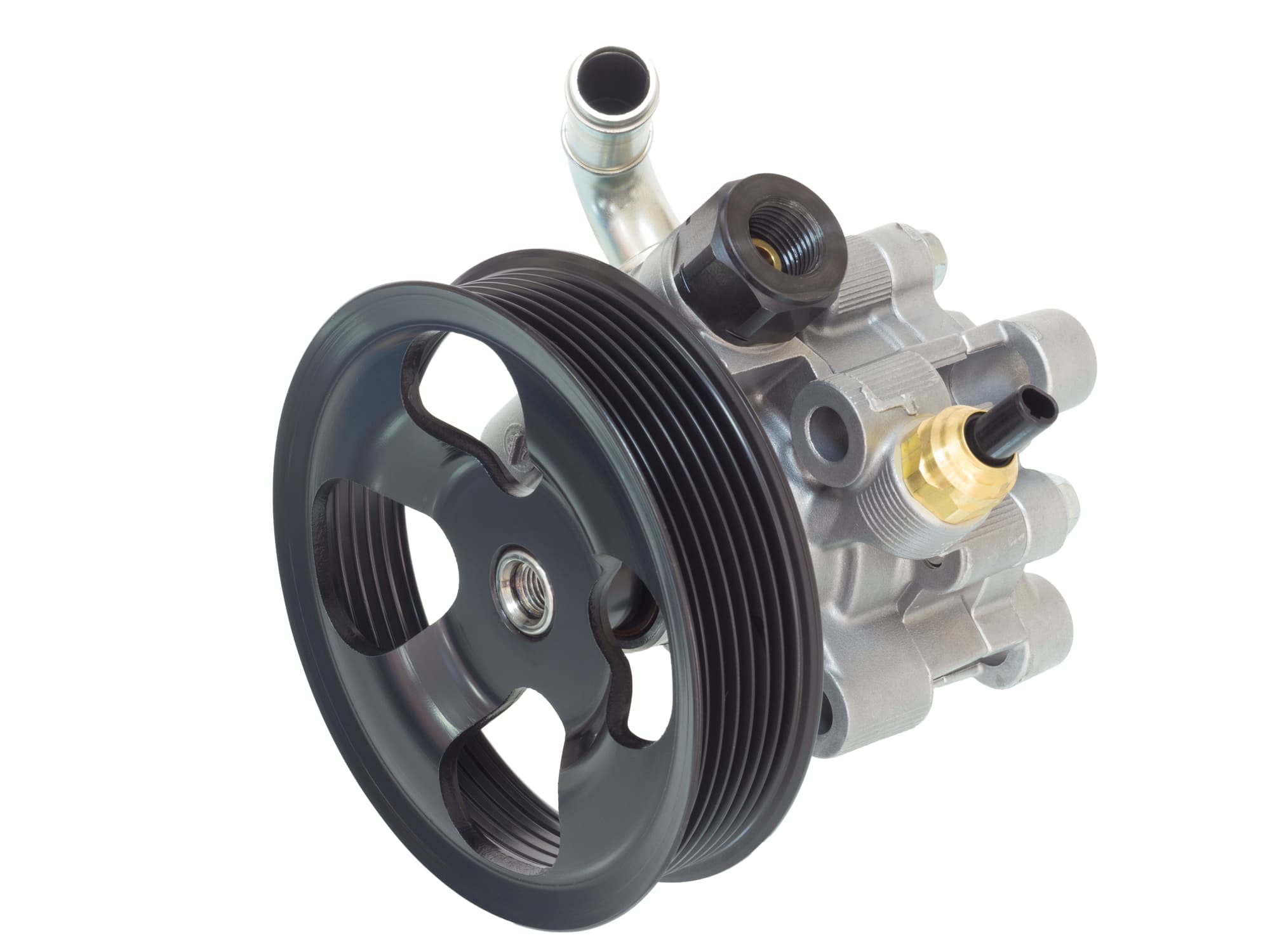
Power Steering Fluid VS. Transmission Oil: What's the Difference?
Although both power steering fluid and transmission oil are hydraulic fluids, they differ significantly in composition, viscosity, and function.
Composition differences:
● Power steering fluid is designed for steering systems and usually contains anti-foaming agents, anti-wear agents, and anti-corrosion agents to ensure that the hydraulic system works stably under various temperature and pressure conditions.
● Transmission oil is designed for transmissions and contains more friction modifiers and antioxidants to adapt to the complex gear movement and high-temperature working environment inside the transmission.
Viscosity differences:
● Power steering fluid has a lower viscosity and good fluidity, which can respond quickly to steering wheel operations and ensure the sensitivity of the steering system.
● Transmission oil has a relatively high viscosity and is designed to maintain stable lubrication and cooling effects under high pressure.
Operating temperature differences:
● The operating temperature of the power steering system is usually lower than that of the transmission, which means that the power steering fluid does not need to have the ability to work at extremely high temperatures.
● Transmission oil must maintain its lubrication and cleaning functions under high temperature conditions because the transmission generates a lot of heat during long-term operation.
What are the risks of using transmission oil in the power steering pump?
Although some car owners have used transmission oil as a substitute for power steering fluid in emergencies, this practice is not recommended. Because the seals in the power steering system are usually made of rubber or other flexible materials, they are designed to be compatible with power steering fluid. Certain additives in the transmission fluid may cause these seals to swell, harden or fail, causing fluid leakage.
Second, due to the different viscosities and compositions of the transmission fluid, it may not provide the ideal lubrication required by the power steering system. This will cause increased friction inside the pump and pipes, and long-term use may accelerate wear and shorten the life of the pump. In addition, the low viscosity of the power steering fluid ensures that the system can respond quickly to the driver's steering wheel operation. If a transmission fluid with a higher viscosity is used, it may cause the system to respond slowly and the steering wheel to become heavy, especially in low temperature environments.
Finally, the transmission fluid may increase the hydraulic pressure in the system, causing an increased load on the pump and other components. This additional pressure may exceed the safety range of the system design, leading to failure of the pump or pipe.

What are the consequences of using transmission fluid?
In some emergency situations, if the appropriate power steering fluid cannot be found, the owner may consider temporarily using transmission fluid. However, this should only be used as a short-term emergency measure, and it should be replaced with the correct power steering fluid as soon as possible after returning to normal.
Long-term use of transmission fluid may lead to the following consequences:
1. Increased fluid leakage: Due to possible incompatibility of seals, fluid leakage will gradually increase, which may eventually lead to system failure and complete loss of steering assistance.
2. Pump noise and vibration: Using mismatched fluids will cause abnormal noise and vibration when the pump is working, indicating that the pump is experiencing additional wear.
3. System failure and safety hazards: If the transmission fluid causes excessive system pressure or increased wear, it may cause sudden failure of the power steering system. In this case, steering the vehicle will become very difficult, especially when driving at low speed or parking, increasing the safety risk of driving.
Correct practices and suggestions
In order to ensure the normal operation of the power steering system and extend its service life, car owners should always follow the recommendations of the vehicle manufacturer and use the recommended power steering fluid. And check the power steering fluid level regularly to ensure that there is enough fluid in the system. If the fluid level is below the minimum mark, it should be added in time.
If the power steering fluid needs to be added or replaced, be sure to use the type of fluid recommended by the vehicle manufacturer. The applicable power steering fluid model is usually listed in the manual. In addition, different types of fluids may contain incompatible additives, and mixing them can cause chemical reactions that affect the performance and life of the system.
If you find that the steering system has abnormal noise, leakage, or heavy operation, you should send it for repair in time. Avoid continuing to drive to prevent the problem from getting worse.


